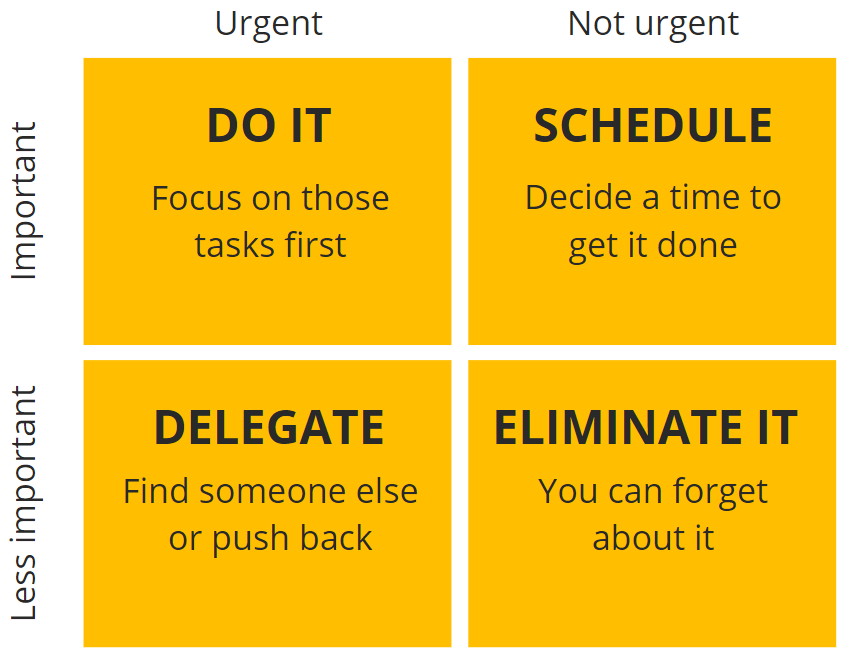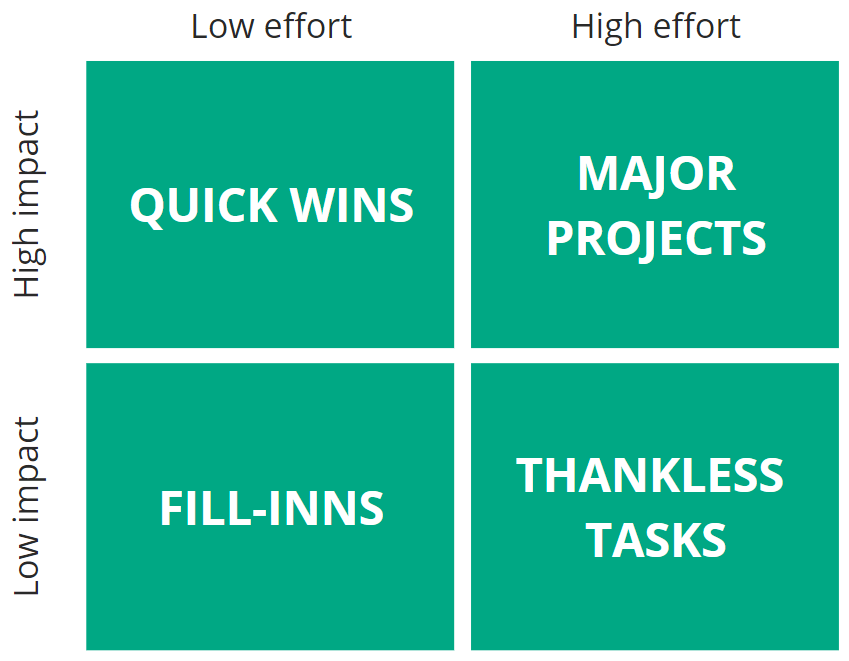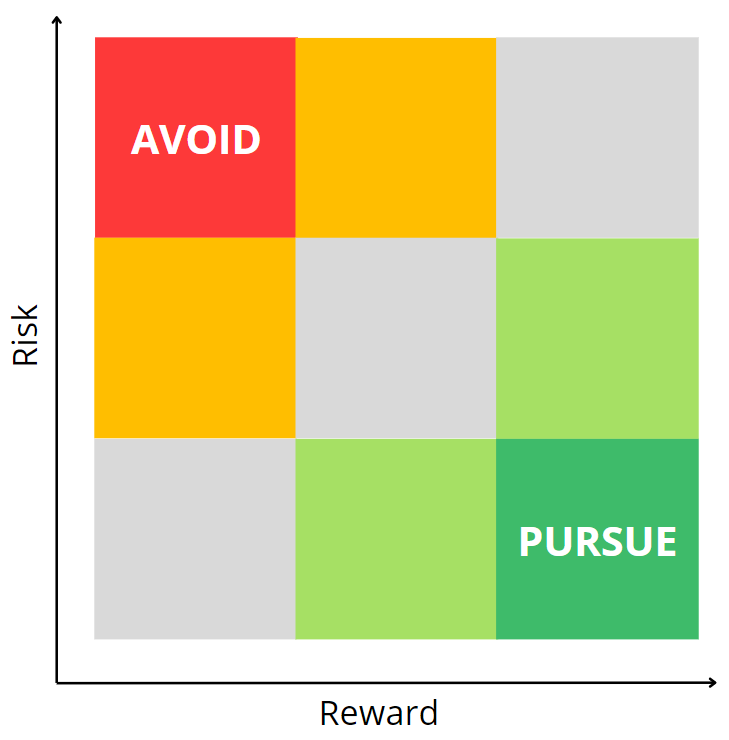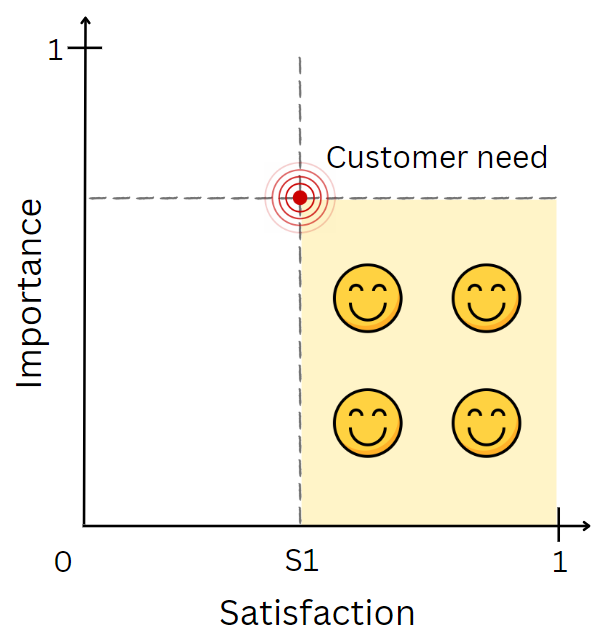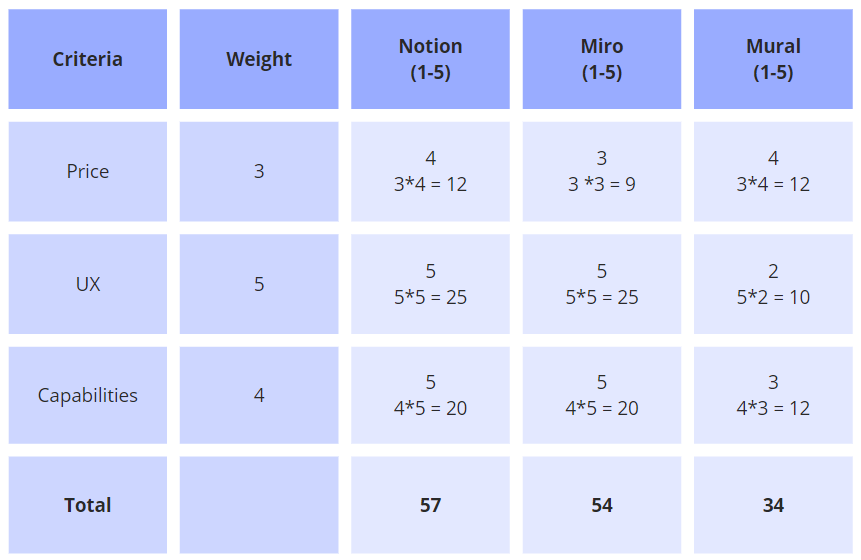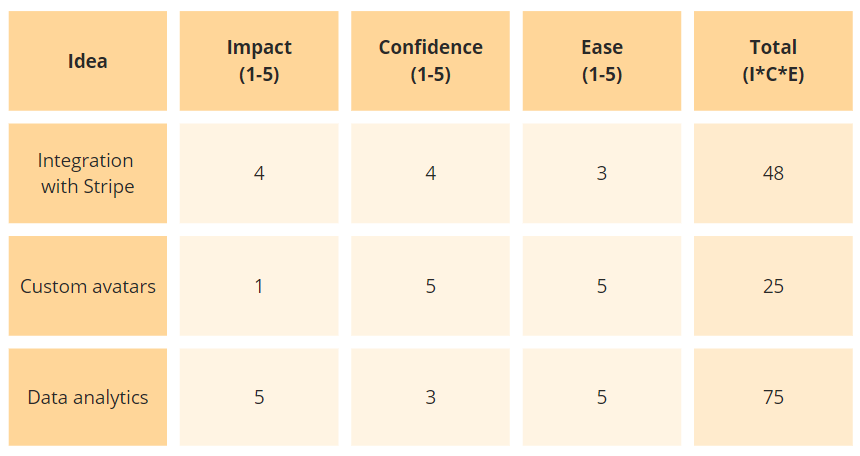Hey, Paweł here. Every Saturday, you get 1 actionable tip for PMs to boost your career.
In today’s free archived edition, I present 35 product frameworks + free templates + additional resources:
Prioritization Frameworks (9)
Decision-Making Frameworks (4)
Stakeholder Management Frameworks (2)
Product Metrics Frameworks (3)
Strategy Frameworks (7)
Strategy-Related Artefacts (5)
Agile Frameworks (3)
Other frameworks (2)
The Product Frameworks Compendium
Without further ado:
1. Prioritization Frameworks
Those 9 frameworks will allow you to prioritize your tasks, initiatives, and opportunities better. Ultimately leading to better outcomes.
a. Eisenhower Matrix
The template is handy for prioritizing your tasks.
Free template (Miro): https://miro.com/templates/eisenhower-matrix/
b. Impact vs. Effort (2x2)
You can use this template for prioritizing tasks and initiatives.
Free template (Miro): https://miro.com/templates/impact-effort-matrix/
c. Risk vs. Reward
This template is handy for prioritizing initiatives you want to take.
Free template (PPTX): open Google Slides
d. Opportunity Score by Dan Olsen
Use this framework to prioritize opportunities (customer problems, needs, desires). I find it much more straightforward and intuitive than the one from Jobs-to-be-Done. And I verified that where it matters the most, it gives similar results:
My introduction (PDF): open the PDF
The official Dan Olsen's template (PPTX): open Google Slides
e. Kano Model
Kano Model was initially developed to prioritize features. You might find it helpful. But remember, you want to prioritize problems, not solutions.
Explanation: https://www.productplan.com/glossary/kano-model/
Free template (Miro): https://miro.com/templates/kano-model/
f. Weighted Decision
This framework is helpful when prioritizing any decision with many factors to consider. Each factor has an assigned weight. It’s self-explanatory:
Free template with formulas (XLSX): open Google Sheets
g. (R)ICE Framework
ICE Framework is useful for prioritizing initiatives and ideas. I like it because it considers not only the value but also risk and economic factors.
ICE stands for:
Impact
Confidence
Ease
Another version, RICE, splits Impact into two separate factors: Reach and Impact.
Free templates:
ICE template (XLSX): open Google Sheets
RICE template (XLSX): open Google Sheets
h. MoSCoW Method
MoSCoW involves dividing requirements into 4 separate buckets:
Must-have
Should-have
Could-have
Won't-have
You don’t need a template, as this is just an additional property you can add to your backlog (e.g., in Jira).
I don’t really like it because the MoSCoW is commonly used in project management when those priorities are set by the customer. As you know, empowered product teams get goals and are held accountable for the outcomes, not the features.
Also, you should never allow your customers to design solutions. See my another article:
i. Weighted Shortest Job First (WSJF)
WSJF is part of SAFe, a methodology that claims to be Agile and uses many “modern terms,” but deep inside, can’t stop obsessing over controlling people and implementing heavy processes.
Being part of SAFe is not the only issue with WSJF. Look at this formula:
WSJF = (user/business value + time criticality + (risk reduction (RR) + opportunity enablement (OE) value) ) / job size
You will do much better using Dan Olsen’s Opportunity Score formula and then accounting for the estimated cost of implementing the Idea.
Use logic if needed (e.g., a black swan event) instead of sticking to that complex formula and speculating about the other parameters.
2. Decision-Making Frameworks
Keep reading with a 7-day free trial
Subscribe to The Product Compass to keep reading this post and get 7 days of free access to the full post archives.



